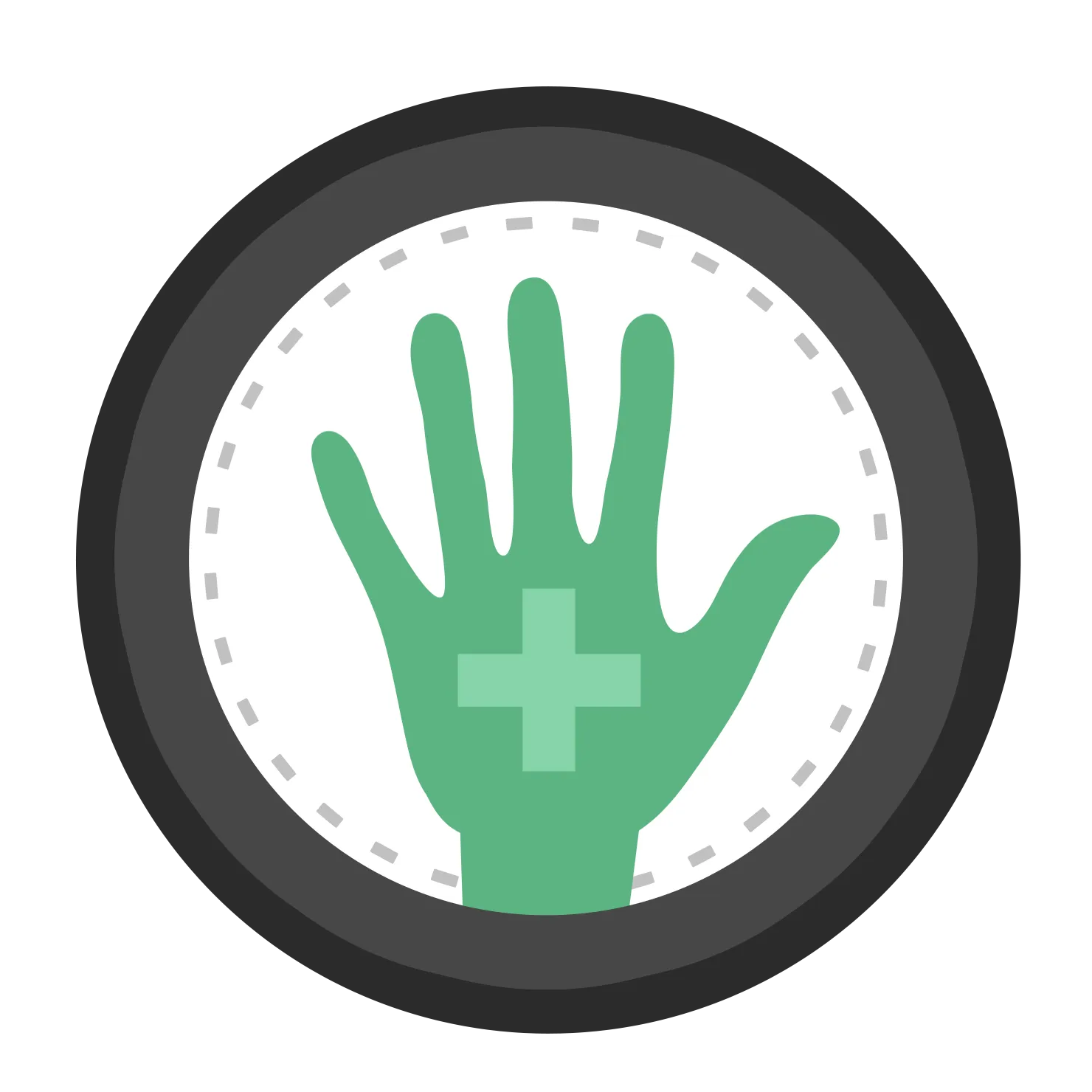WALANT surgery stands for Wide Awake Local Anesthesia No Tourniquet surgery. It is a technique used for various types of surgical procedures, particularly in the hand and wrist but anywhere in the body. The WALANT technique allows for surgery to be performed without the need for a tourniquet to control bleeding and therefore negates the need for general or regional anaesthesia, or sedation. It is also known as Wide Awake Hand Surgery because both the patient and the limb are wide awake throughout the surgery, despite the patient not feeling any pain. Mr Nik Jagodzinski has co-authored several chapters in the internationally acclaimed textbook on WALANT by Prof Don Lalonde, called Wide Awake Hand Surgery, which has now published its second edition.
The WALANT technique involves injecting a local anaesthetic mixed with epinephrine (adrenaline) into the surgical site, often with some other ingredients added. The local anaesthetic numbs the area, while the epinephrine constricts blood vessels, reducing bleeding and creating a clearer surgical field. This allows the surgeon to perform the procedure while the patient is fully conscious and able to communicate.
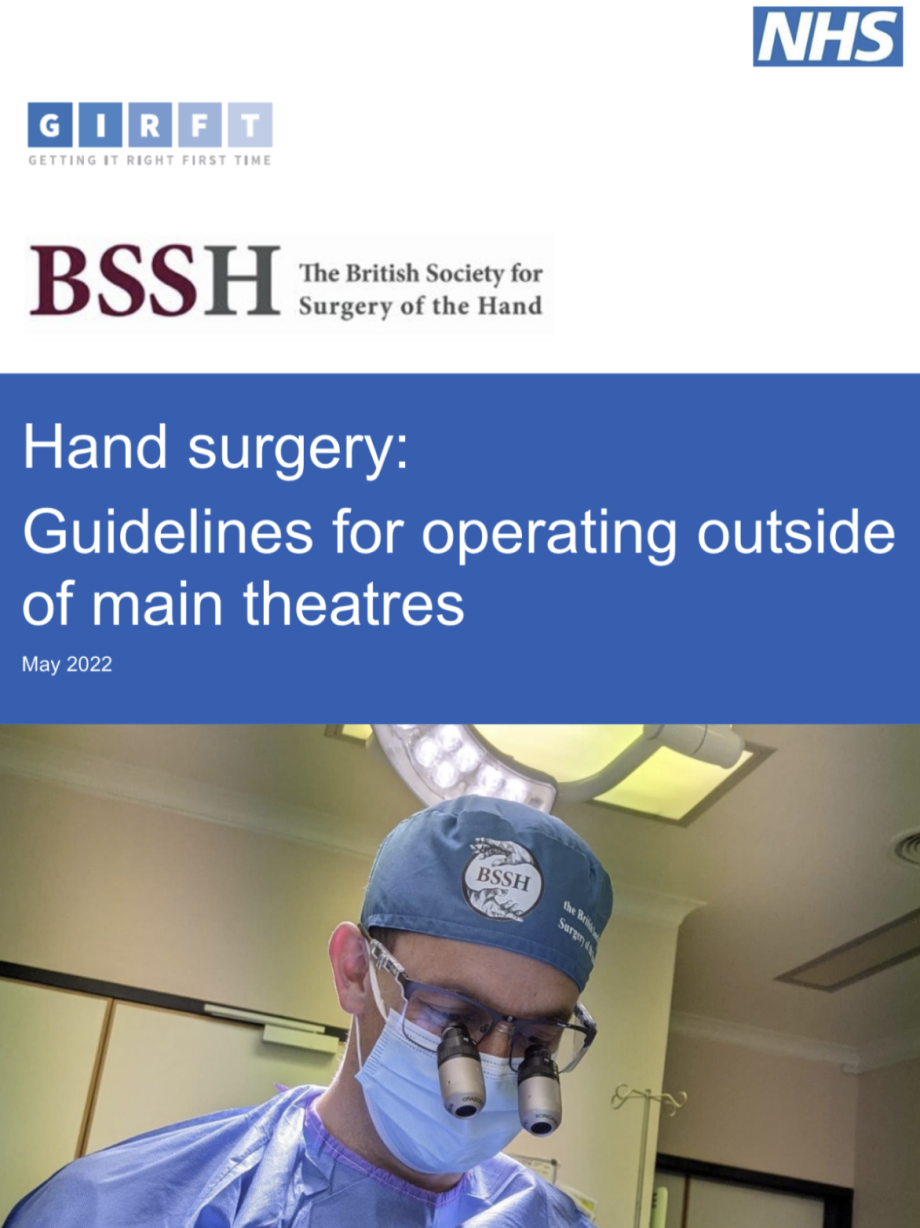
Unsure about having your surgery under WALANT?
Many patients are nervous of the thought of being awake during their surgery. Mr Nik Jagodzinski does do a lot of surgery with patients asleep under General Anaesthesia or with their whole arm asleep with a Regional Anaesthetic that permits tourniquet use. The WALANT technique is not appropriate for all operations, or for all patients. All available anaesthetic options will be discussed with you for your surgery and Mr Jagodzinski will outline the pros and cons of each for your particular surgery required. The decision will be entirely yours. Your safety and comfort is paramount. However, something to bear in mind is the majority of patients who try WALANT on one limb, who have also had previous surgery under GA or RA on their other limb, much prefer the WALANT technique.
Is it safe to inject adrenaline in a finger?
Adrenaline works by constricting blood vessels, which reduces blood flow to an area. This is a benefit for surgeons who need to see what they are doing when they are operating. The alternative is using a tourniquet which crushes tissues causing pain and limb ischaemia, which is why a General or Regional anaesthetic is required when using a tourniquet. In the 1950s, several case reports were published suggesting that injecting adrenaline in a finger causes digit necrosis (death of the finger). It was later shown that some of these fingers actually died because the surgeon tried to re-perfuse the digits in water that was too hot which burned the tissues. Older forms of anaesthetics were used in those days, such as cocaine and prilocaine, that crystallise in tissues causing necrosis. Newer local anaesthetics, such as lidocaine, are much safer. Also, drugs now have ’best before’ dates and are discarded if out of date. In those days, there were no ‘best before’ dates and many drugs were kept long periods before use, increasing their chances of chemical change in tissues. It is now thought that poor storage habits of old-style local anaesthetics, and surgeon's techniques for trying to 'pink up' a finger, were the likely sources of digit necrosis in those historic published cases, not the adrenaline.
WALANT surgeons around the world have been injecting adrenaline into fingers for around 60 years now, with no recent case reports of digit necrosis. Tens of thousands of fingers have been injected with no detrimental effect. The concentration of adrenaline used for WALANT surgery is 1:80,000 - 1:400,000. Epi-Pens are injection pens pre-loaded with 1:1,000 adrenaline that patients known to have severe allergies carry on their persons at all times to treat anaphylaxis in an emergency. There have been several case reports published where these patients or their families have had accidental injections of this adrenaline into their fingers whilst reaching into the bags where they were stored. Not one finger has died despite this being 10-40X the concentration of adrenaline used in WALANT surgery.
Unfortunately, some textbooks are still copying the old myth that it is unsafe to inject adrenaline in a finger. It is fake news being propagated by people not doing their due diligence when using outdated references. Rest assured, it is safe! If the perfusion of a finger is normal before you inject adrenaline, it will be normal afterwards when it has worn off too, even if it takes 4-12 hours for it to fully wear off. Nik Jagodzinski has been injecting adrenaline in fingers since his fellowship with Professor Don Lalonde in 2014. He even had his own finger injected with adrenaline to prove to himself it is safe (picture below). He has never had to use a reversal agent and has not lost one finger. There is no need to remain in hospital for observation after your surgery. It will likely pink up overnight and should look normal by the morning at the latest. It is safer and MUCH more comfortable than using a tourniquet.
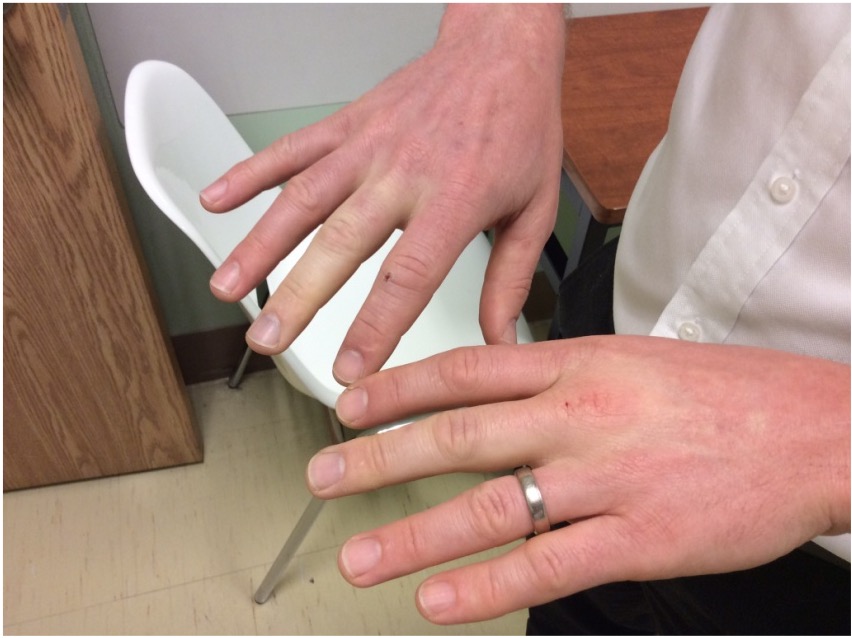
Nik Jagodzinski’s own middle fingers soon after a WALANT injection with adrenaline
The many advantages of WALANT surgery include:
Patient Safety: Since general anaesthesia and sedation are not used, the potentially life-threatening risks associated with these, such as respiratory or cardiac complications, are avoided. Regional anaesthesia is where an anaesthetist numbs the whole limb so a tourniquet can be used and is much safer than general anaesthesia. However, this still carries a risk of nerve injury from the injection and is often combined with sedation to help patients cope with tourniquet pain. WALANT surgery eliminates all of these risks and side effects
.
Safer for patients at high risk of anaesthesia: Many patients have serious or multiple medical comorbidities that make having any general anaesthesia or sedation unsafe. The WALANT technique has permitted many of these patients to have safe surgery to improve their debilitating pain and function, despite being told previously that surgery would never be possible. If a patient is unfit for a General Anaesthesia, most anaesthetists would not offer a Regional Anaesthetic either.
Reduced injection pain: The WALANT injection mixture and technique have been refined over many years to ensure a near-painless experience for the patient. The needles used are much smaller and less painful than those required for giving general or regional anaesthesia.
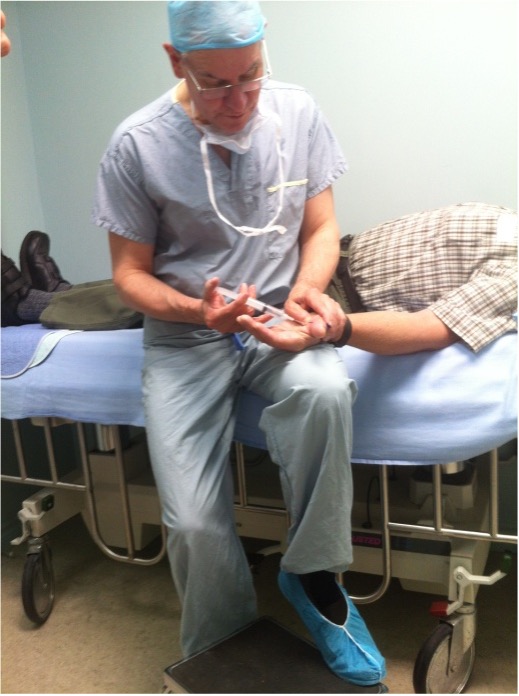
Prof Don Lalonde's near-painless injection technique
No tourniquet pain: Tourniquets crush fragile tissues such as muscle and nerves which can cause a lot of pain, even during regional anaesthesia and after waking from a general anaesthesia. A patient with tourniquet pain often moves about, even if sedated, making surgery technically difficult, dangerous and risking complications. WALANT avoids using a tourniquet altogether, eliminating the associated pain, discomfort, patient wriggling and potential for lasting limb injury.
The limb can move despite having no pain sensation: Surgical repairs of tissues such as bone, tendon, nerves and skin can be tested with active patient movement (the patient moving their own limb under instruction from the surgeon) during the surgery when adjustments to repairs can be made. This ensures stability of repairs, meaning splints and casts are not required for as long postoperatively. Setting perfect tension on tissues ensures better outcomes through a full range of motion postoperatively. This cannot occur when patients have general or regional anaesthesia, sedation or a tourniquet on their limb.
Intra-operative patient feedback: Because the patient is awake, they can provide feedback during the procedure, which can be helpful for surgeries that require the patient to move or provide responses, ensuring better outcomes.
Intra-operative patient education: The surgeon can provide education to the patient about their condition and their post-operative care during the surgery. Information given to patients recovering from a general anaesthetic postoperatively is often quickly forgotten by patients. Discussions during surgery are more thorough, less rushed and allow for patients to think of questions they may otherwise forget.
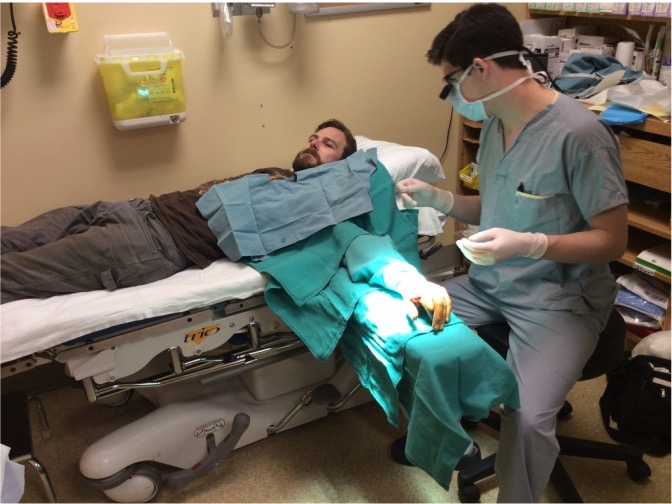
Intra-operative patient education
Patients are more involved with their surgery: This encourages patients to comply with their postoperative hand therapy which improves outcomes.
Cost effectiveness: The absence of anaesthesia reduces the overall cost of the procedure and also eliminates the need for an anaesthetist, a recovery ward, a pre-operative assessment or any blood tests or health checks. These cost savings can be directly passed onto patients.
Surgery outside of an operating theatre: One of the main functions of an operating theatre is to have special air conditioning to control the flow of general anaesthetic gases. When no general anaesthesia is required, certain procedures are safe to perform outside of an operating theatre. Nik Jagodzinski's research over many years has helped formulate the national guidelines for this, published in 2023. Surgery has been performed this way in General Practice, Dermatology departments and Dentists for many decades quite safely. This efficiency can now be extended to WALANT surgery.
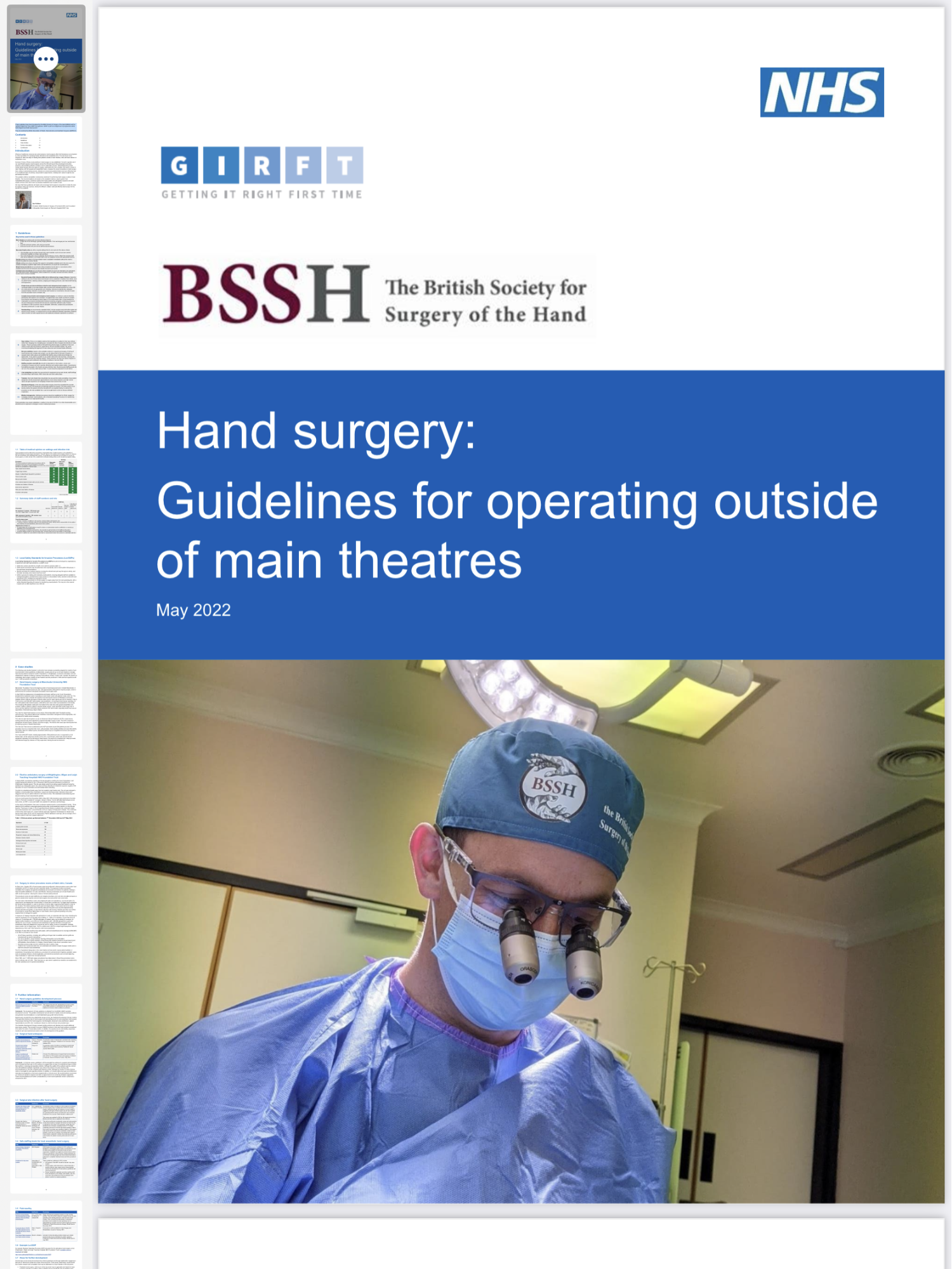
UK National Guidelines for operating outside an operating theatre
Fewer staff required: Due to rules and regulations associated with operating theatres, performing fairly minor surgeries in these settings often means the required number of staff members are superfluous to needs. On occasion, they can actually make surgery less efficient as well as increasing infection rates simply by their presence. Treatment room operating is super efficient and just as safe, as shown by hundreds of research publications. Nik Jagodzinski's team presented their paper on this topic at the International Federation of Societies for Surgery of the Hand (FESSH) Congress in London in 2023, and was nominated for best paper in congress amongst several thousand entries.
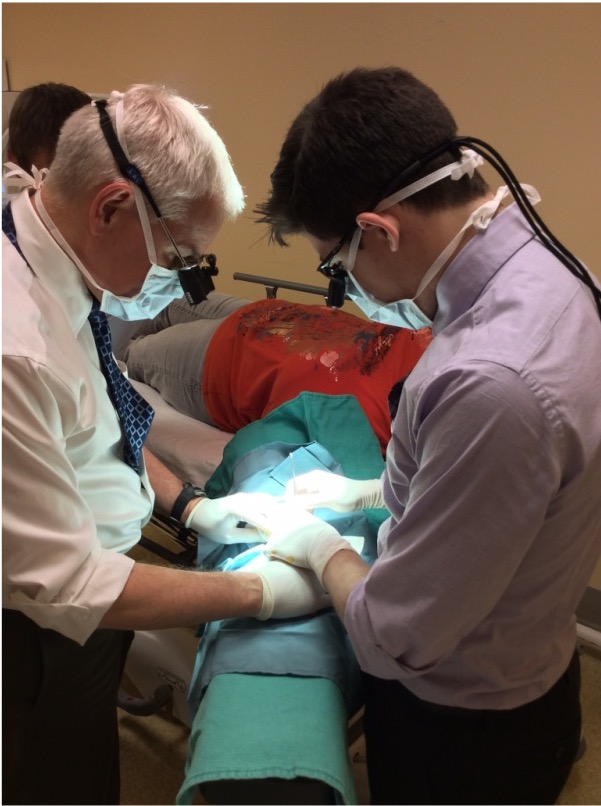
Prof Don Lalonde's WALANT theatre in his hand clinic in Canada
Less daunting for patients: Many patients will not have surgery for fear of the general anaesthetic, but are happy to have a local anaesthetic as it is safer. Also, patients psychologically worry less about having a ‘procedure' in a ‘treatment room' than they do about having an ‘operation' in a ‘theatre,' even if it is the same surgery. This is especially true for vulnerable patients such as children and the elderly, and those who suffer from anxiety. It is often possible for parents, carers or friends to sit in with patients during surgery in a WALANT minor operations theatre making it much more acceptable to them.
Faster Recovery: Patients can go home shortly after the surgery, often direct from the operating table, as there is no need to recover from general anaesthesia or sedation. This also allows for immediate postoperative assessment of the surgical outcome if it hasn't already been done during the surgery.
Reduced carbon footprint: The production, storage and transport of anaesthetic gases burns a huge carbon footprint that is eliminated by using the WALANT technique. Eliminating the need for pre-operative assessments and tests and minimising staff in theatre also reduces patient and staff travel journeys, again reducing costs and carbon footprint. Eliminating the need for an operating theatre and associated kit and staff also hugely improves costs and carbon footprint.
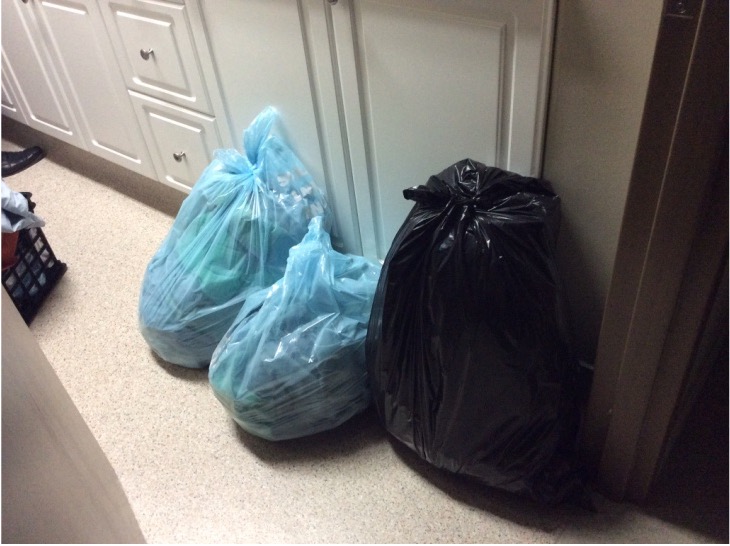
1/10th the waste compared to a whole day operating list in main theatres
Easier to train future surgeons: There is a limit to the time a tourniquet can be left on a limb without causing intense pain, despite anaesthesia, and without permanently damaging the limb. This makes training future surgeons challenging as they are naturally slower than those more experienced and feel more under pressure, increasing the chances of mistakes. Having no tourniquet using WALANT means there are fewer time pressures for trainees and fewer mistakes made by surgeons. Obviously in your private practice journey, no surgery would be performed by anyone other than Mr Nik Jagodzinski, a fully qualified and experienced specialist Orthopaedic, Trauma and Hand Consultant.
One-stop-shop surgery: WALANT surgery in a clinic treatment room requires minimal kit and staffing and no preoperative medical workup. Therefore, surgery can occasionally be performed on the same day as presentation to hospital. This has obvious benefits to both injured patients and to those with acquired conditions that are time dependent, such as nerve compression syndromes. Patients need fewer trips to the hospital and less time off work. Patients recover quicker and with better outcomes when there is no delay to treatment. Most patients would prefer more time to consider their options and weigh the benefits versus risks, so surgery is planned for a later date. However, if same-day surgery is appealing to you, it can occasionally be arranged in advance.
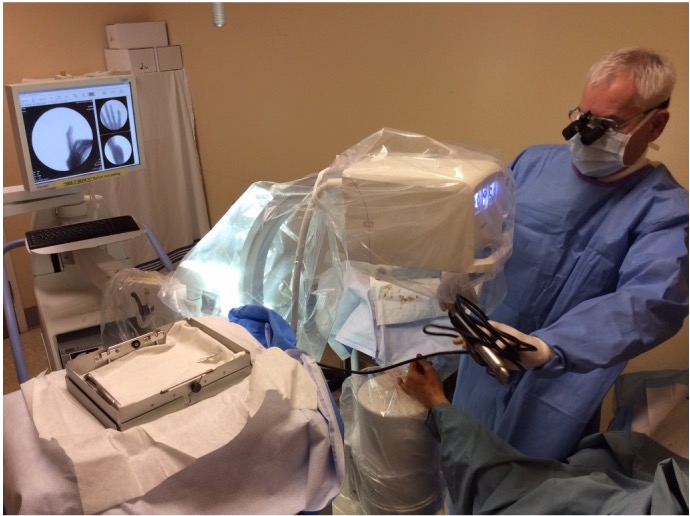
1-stop-shop trauma surgery in Prof Lalonde's clinic WALANT Theatre on the day of injury
This may benefit some patients who are travelling a long way to see Mr Jagodzinski. If you would like to consider surgery on the same day as your initial consultation with Mr Jagodzinski, please discuss this with his secretary, Kate. If your GP's referral suggests a clear diagnosis for a condition that can be treated with surgery in Mr Jagodzinski's Minor Ops Theatre, your appointment may be moved to a day on which Mr Jagodzinski has an operating list planned. There is always a chance that during you initial Consultation, surgery is not advised, or a different diagnosis or operation is offered whereby same-day surgery is not appropriate.
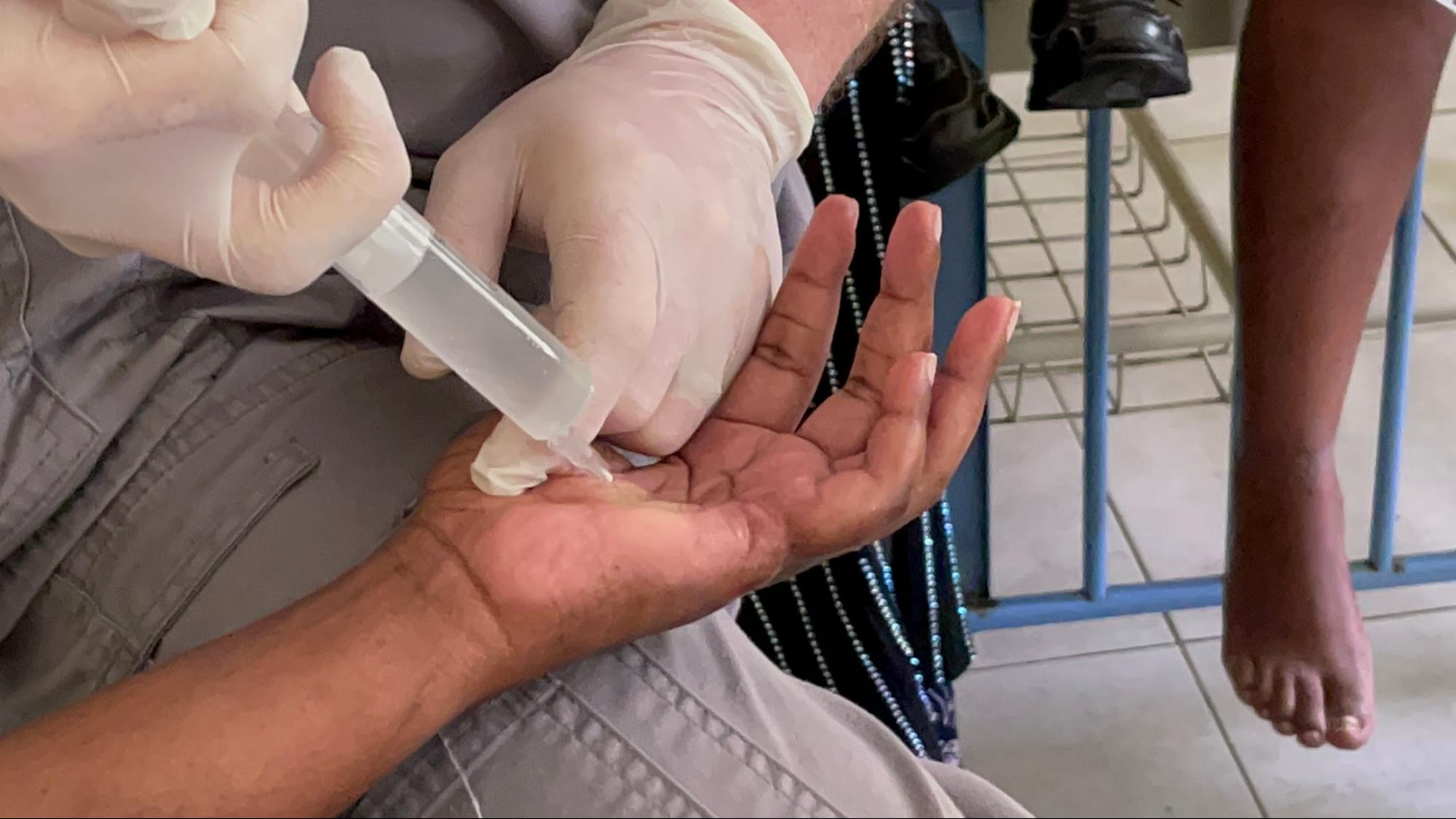
WALANT injection into a hand
How did WALANT come about?
WALANT was borne out of necessity at a time when access to anaesthetists and operating theatres were scarce. In many parts of the world, both in conflict and in times of peace, access to anaesthetic and theatre facilities are scarce, especially in low-middle income countries (LMICs). Teaching WALANT to these surgical communities has revolutionised care for millions of patients who would otherwise have no access to surgery, or could not afford it if they did. If you want to read about Nik Jagodzinski's worldwide WALANT missions and those of the BSSH, then click the link. However, more and more surgeons are adopting this technique, not just for the cost, safety, carbon footprint, comfort and efficiency benefits, but for the simple fact that patients get better outcomes when this technique is used.
Nik Jagodzinski has pioneered several surgeries under WALANT and regularly links with other WALANT surgeons around the world to discuss what can be safely and effectively achieved. Surgical techniques are refined by shared experience. Bigger and more technical procedures are being performed all the time, including fixing fractures of clavicles, elbows, forearms, wrists, hands, feet and ankles. Nik Jagodzinski has become a world expert in this technique and he frequently teaches these techniques to other surgeons all around the world who are keen to learn. He also hosts other surgeons in Barnstaple when they want to come to learn the technique.
WALANT surgery has gained popularity in recent years, particularly in the fields of hand and wrist surgery, because of its many benefits to both the patient and the healthcare system. Mr Jagodzinski feels that many of operations can be performed with this technique. However, the benefits of the technique are not universal for all procedures, so there is no need to use it for everything. It may not be suitable for your particular surgery, or you may simply prefer a different anaesthetic option. All anaesthetic techniques are available at The Hand and Wrist Clinic. The decision as to which anaesthetic technique is used for your surgery will be entirely yours. Please discuss your options with Mr Jagodzinski during your consultation.
